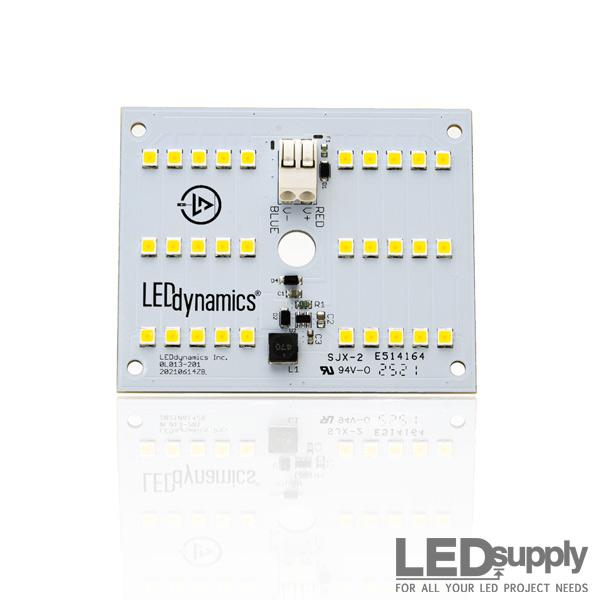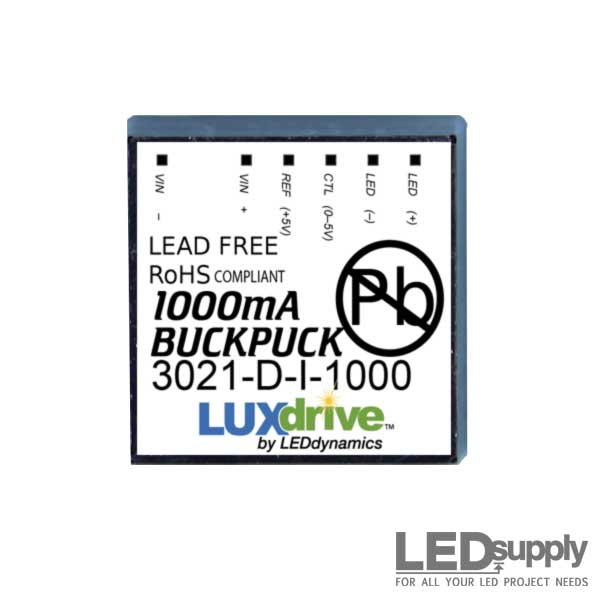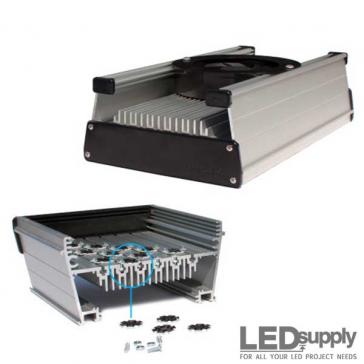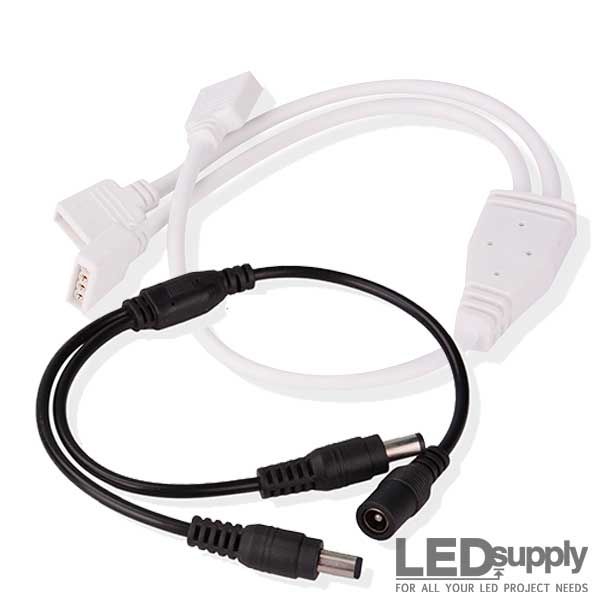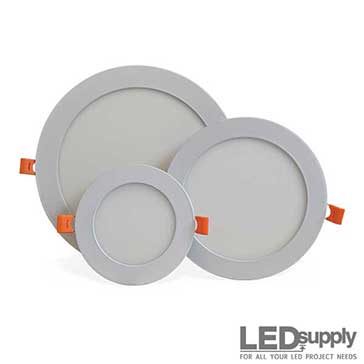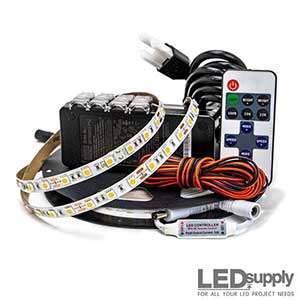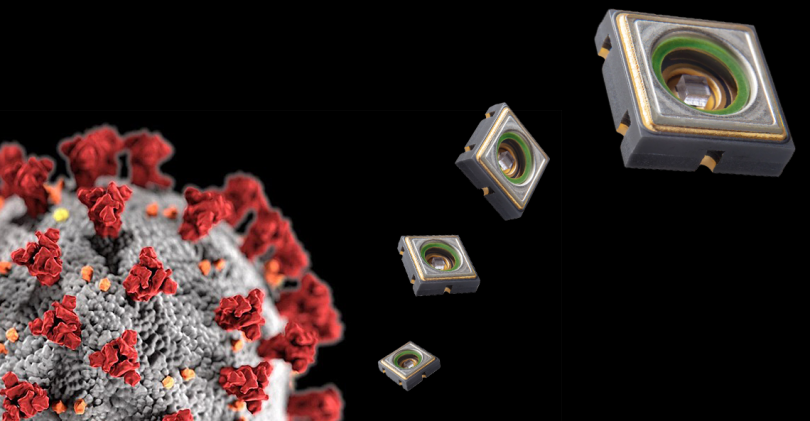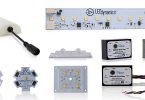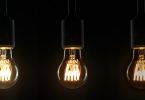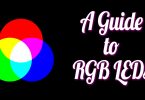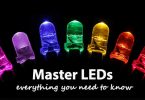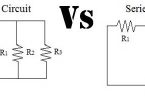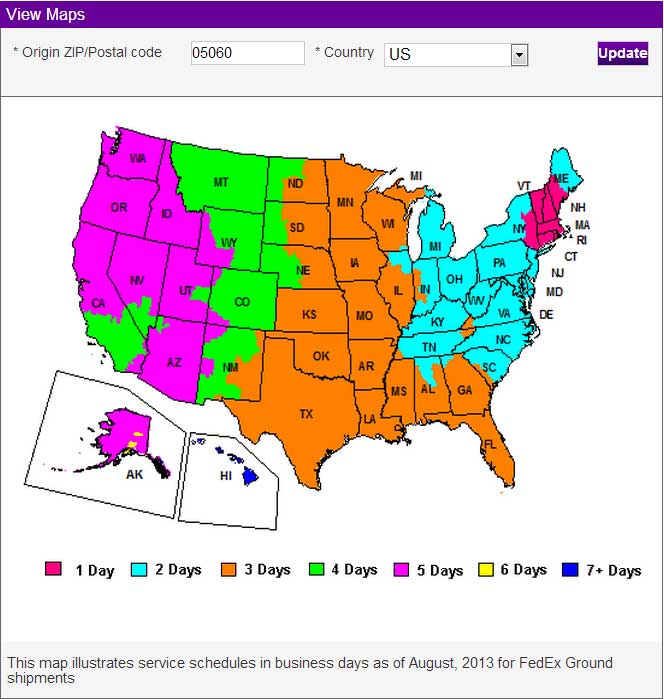The rise of the COVID-19 pandemic has greatly increased awareness of proper personal hygiene and sterilization solutions. Fighting to keep clear of something that is invisible to the human eye can be extremely nerve racking to most, leaving us grasping at anything we can do to keep ourselves and loved ones safe. Good personal hygiene is important but what other tools and technologies can be used to sterilize and eliminate virus particles in our own homes?
UV lighting has been advertised and pushed to consumers as a means for sterilization and disinfection. With all the misinformation in the past few months and the many sides that cannot seem to agree, you may be skeptical of anything claiming to keep the Coronavirus at bay. That is why we gathered the information below into a direct post to help educate you and show you the exact type of UV LEDs that can help in germicidal, sterilization and disinfection applications.
3 Types of UV Light
Much like visible light, ultraviolet light comes in a wide range of wavelengths along a spectrum. The specification most important here is found in nanometers (nm), Ultraviolet output comes from wavelengths within the 100nm to 400nm range. Ultraviolet light is characterized into 3 main groupings which help us be more specific with the type of UV light, as the characteristics change depending on the wavelength:
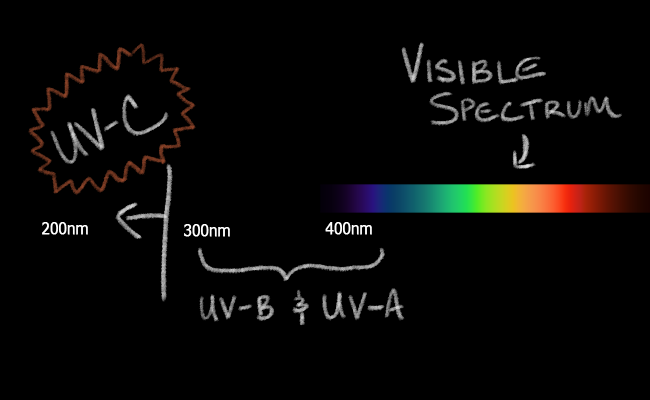
- UV-A: 315-400nm
- UV-B: 280-315nm
- UV-C: 100-280nm
The most common ultraviolet lights you will come across tend to be in the UV-A region and are most commonly referred to as “blacklights”. This is the weakest form of ultraviolet light and is used for applications like UV curing and blacklight artwork.
UV-B has a shorter wavelength and is therefore a little stronger than UV-A. UV-A and UV-B are both present in natural sunlight but UV-B is the primary wavelength that causes sunburn. Both UV-A and UV-B LEDs are very limited in their ability to sterilize and eliminate viruses and bacteria.
UV-C is the portion of the spectrum you want to focus in on when looking at creating a sterilization system using ultraviolet LEDs. The higher the wavelength in this 100-280nm range the better, wavelengths specifically within 200-280nm range are sometimes referred to as Germicidal UV (GUV). Unlike UV-A and UV-B, UV-C wavelengths are blocked or absorbed by the ozone layer and atmosphere, so they do not make their way down to us on the earth’s surface. This is important as UV-C is the best light in destroying micro-organisms but also the most dangerous to human health. With no way to harness the natural UV-C rays, we are forced to look for an artificial source of UV-C light.
How UV-C Fights Off Viruses
When working towards sterilization and germicidal applications, UV-C LEDs need to be used as the shorter wavelengths have the greatest effect on the DNA and RNA particles of a pathogen.
DNA and RNA?? … Sounds like Science class, right?
Well here is a brief little ‘sciencey’ rundown on how UV-C LEDs alter DNA and RNA which are essentially the foundation of life, including micro-organisms and pathogens (viruses, bacteria, etc.). Without this genetic material, a pathogen would be unable to reproduce, thus ending the infectious colony.
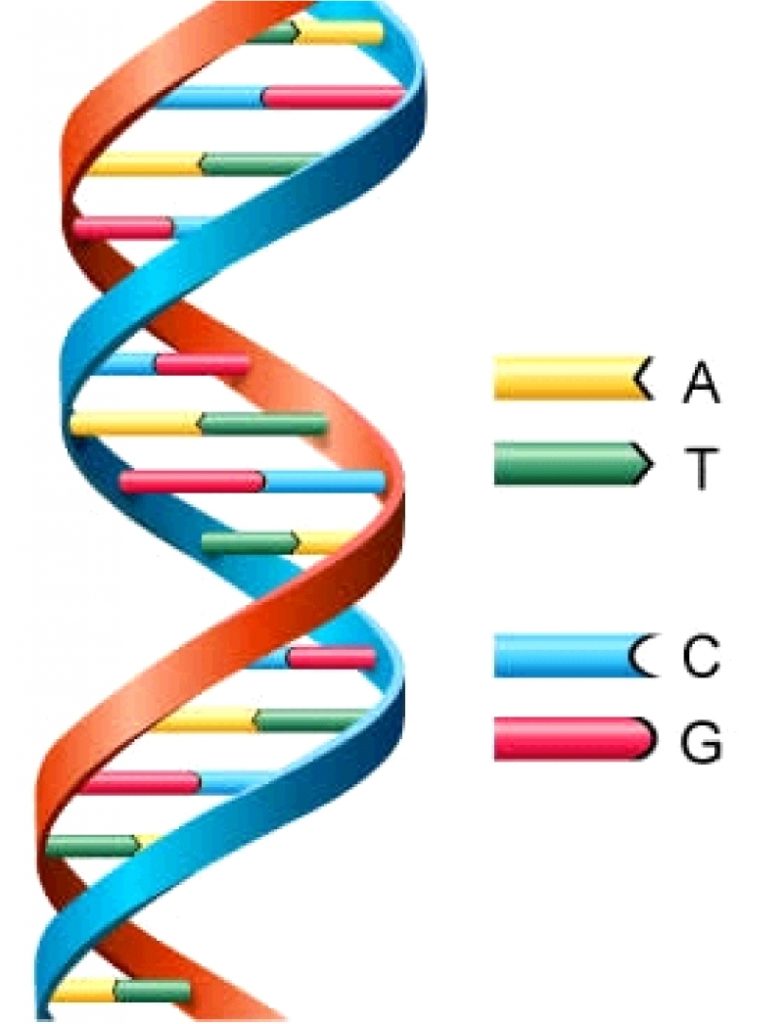
There are a total of 5 nucleobases that make up DNA and RNA. The first 3 that can be found in both DNA and RNA are Cytosine (C), Guanine (G), and Adenine (A). The last two are more specific in which Thymine (T) is found only in DNA and Uracil takes Thymine’s place in the RNA helix.
Research has found that when exposed to UV-C wavelengths, the thymine and uracil molecules absorb the ultraviolet energy and undergo a chemical change. This change kills the cells due to structural damage and prevents the pathogen from reproducing. This process has been found to work best at or around 265 nanometers. Longer wavelengths like those found in UV-A and UV-B are not absorbed as well and therefore are not great for sterilization use.
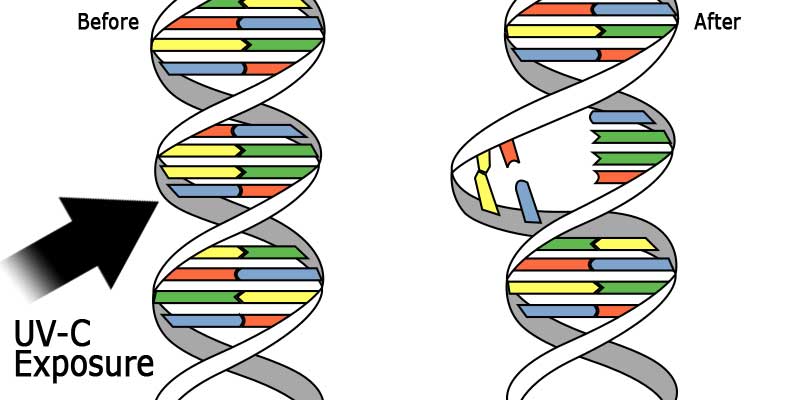
So now the question is….
Can UV-C LEDs Kill COVID-19 Coronavirus?
Lab testing is limited when it comes to the novel coronavirus (SARS-CoV-2) and UV-C LEDs but prior research with past viruses has led many to suggest it is plenty capable. One of the biggest issues is that UV-C is strongly absorbed by air, so UV-C sources must be powerful enough to still reach their target at a distance.
In April, Seoul Viosys showed what they claim is the first 99.9% sterilization of the SARS-COV-2 virus using UV-C LEDs. The tests were conducted in conjunction with researchers from a group at Korea University. The tests showed how it’s Violed UV-C LED modules could eliminate 99.9 percent of the SARS-COV-2 virus with just a 30-second dose from 3cm away. They did not say how many LEDs were used to achieve this unfortunately.
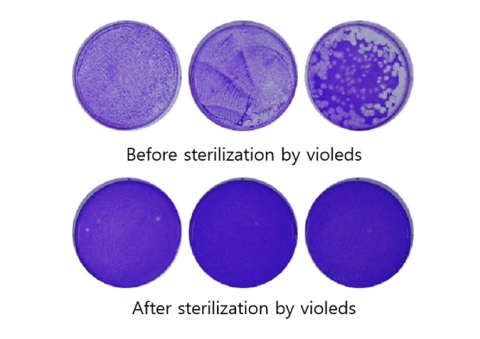
This small distance might work for small applications like air or water filters, but much more power is needed when working with bigger sterilization projects for hospital rooms, Airplane Cabins, etc. These types of applications would require a light strong enough to kill viruses and germs in seconds from distances of 1 foot or more. UV-C LEDs are still limited compared to the mercury lamps that are currently used for these big types of jobs. These mercury lamps take so much power that with the increased demand, it is important that we find a more efficient solution for sterilization.
Mercury is not expected to hold an upper position for long, as UV-C research and technology continues to improve. UV-C LEDs are expected to improve on efficiency similar to how Blue LEDs did after they first entered the market. Other advantages of UV-C LEDs over mercury lamps are the lack of toxic contents, durability, longer lifetime, no startup delay, and their ability to use different UV wavelengths which will assist in sterilization applications.
Developing UV-C LED Sterilization Systems
From a lot of this new research coming out along with the UV-C sterilization uses in the past we can be confident that the SARS-CoV-2 coronavirus can be inactivated by UV-C LED exposure. Even if future evidence proves this, please remember the following factors that will determine the dosage of your UV-C LED source and the overall success.
- Power of Light – need enough power to be able to effect pathogens and not be absorbed before reaching target.
- Angle or Focus of the UV-C LED – is the light angled toward target? Some experimenting with UV-C applications are realizing that optics to focus the powerful UV-C LEDs are needed to be the most efficient.
- Distance – How close in proximity do you need to sterilize the intended area?
- Exposure Time – how long does it need to sterilize an area?
When developing or buying a UV-C sterilization product you want to be 100% certain on the accuracy of the specifications. As we have shown in this post, UV-C sterilization needs very specific wavelengths and power, so please do your homework before trusting a UV-C product. This is especially important in the case of sterilizing against COVID-19 as there is no way to validate some of the claims instantly. An incorrect claim could put others or yourself at risk.
Looking to Purchase UV-C LEDs?
As a top supplier of LED products and components, here at LEDSupply we wanted to give our customers the option to start working with UV-C LEDs right away. We have been expanding our UV-C inventory as much as possible with the increased demand and are able to currently offer options from Seoul Viosys, while Nichia UV-C LEDs are COMING VERY SOON!
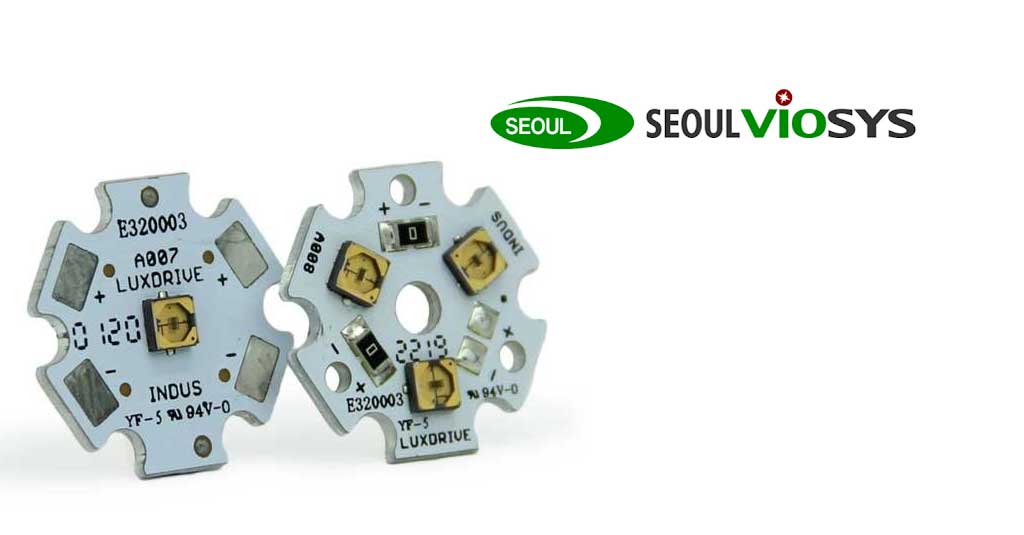
Seoul Viosys UV-C LED – CUD7GF1B
Seoul Viosys has done plenty of research and work in the UV-C field as we spoke about their 99.9% elimination of the SARS-COV-2 in the lab test above. The Seoul Viosys CUD7GF1B emits 275nm UV-C photons that are well in the range that breaks down the DNA and RNA of micro-organisms. Each diode has a flux of about 11.5mW @ 100mA. We offer the diodes in a 1-up and 3-up configuration on our 20mm hexagonal MCPCB.
UV-C LED Efficiency – 11.5mW Radiant Power @ 0.56W Energy Consumption
Nichia’s New UV-C LED – NCSU334A
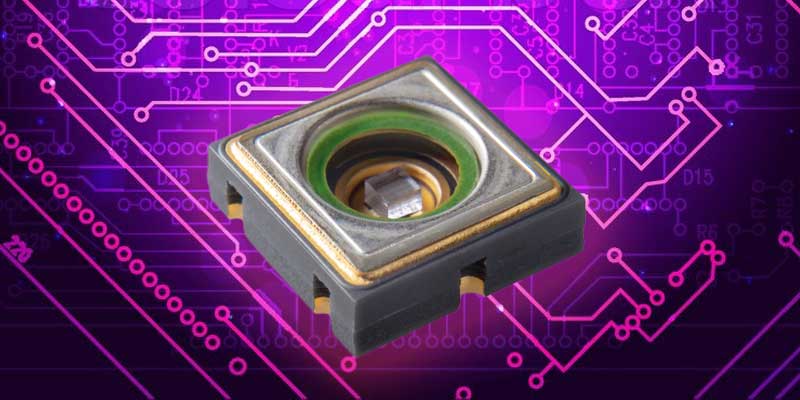
This new Nichia UV-C LED raises the bar for UV LEDs and should contribute significantly to the replacement of mercury lamps for sterilization purposes. Nichia really did amazing work with this as they developed the highest quality, high radiant flux UV-C LED on the market. Nichia used a hermetically-sealed package which will help extend the lifetime, making it highly reliable in various harsh environments as it is not as susceptible to the outside elements.
UV-C LED Efficiency – 55mW Radiant Power @ 1.82W Energy Consumption
Both UV-C LEDs can contribute in germicidal, sterilization and disinfection applications. In these COVID-19 times a large need for sterilization equipment has come about quite quickly. As sterilization efforts increase, we will need UV-C LEDs to help efficiently sterilize hospitals, labs, office buildings, airplanes, large factories and water supplies.
The above UV-C LEDs should provide a start to developing different UV-C sterilization options. The smaller size factor and robust nature of LEDs give them a significant advantage over mercury lamps and pave the way for a wider range of sterilization and disinfectant designs in a time where these types of products are trending upwards.
UV-C LED Warning – Use Extreme Caution and Protect Yourself When Working with UV-C LEDs

UV-C LEDs have potential to be a valuable tool in disinfecting surfaces and eliminating viruses in the air, including but not limited to COVID-19. UV-C is also a hazard to humans and must be worked with and designed under extreme caution. Preliminary research must be done to ensure new UV-C LED applications and technology do not harm humans.
When working with UV-C light sources please be careful to wear proper protection. UV-C light is much stronger than the UV-A and UV-B wavelengths that we receive from sunlight. UV-C wavelengths will burn and damage your skin within minutes. UV-C radiation is also known to cause damage to the cornea and outer area of the eyes. This can lead to Photokeratitis which is a very painful inflammation due to cornea exposure.
Due to this please wear proper protection when experimenting with UV-C light sources and remember to think about safety precautions if building a possible UV-C LED sterilization system for others.
UV-C LEDs = Sterilization for the Future
Please feel free to reach out to us here at LEDSupply if you are interested in UV-C technology or have further inquiries. We are excited to expand our UV-C LED offerings and are always happy to work with you to help create a brighter and safer future.

